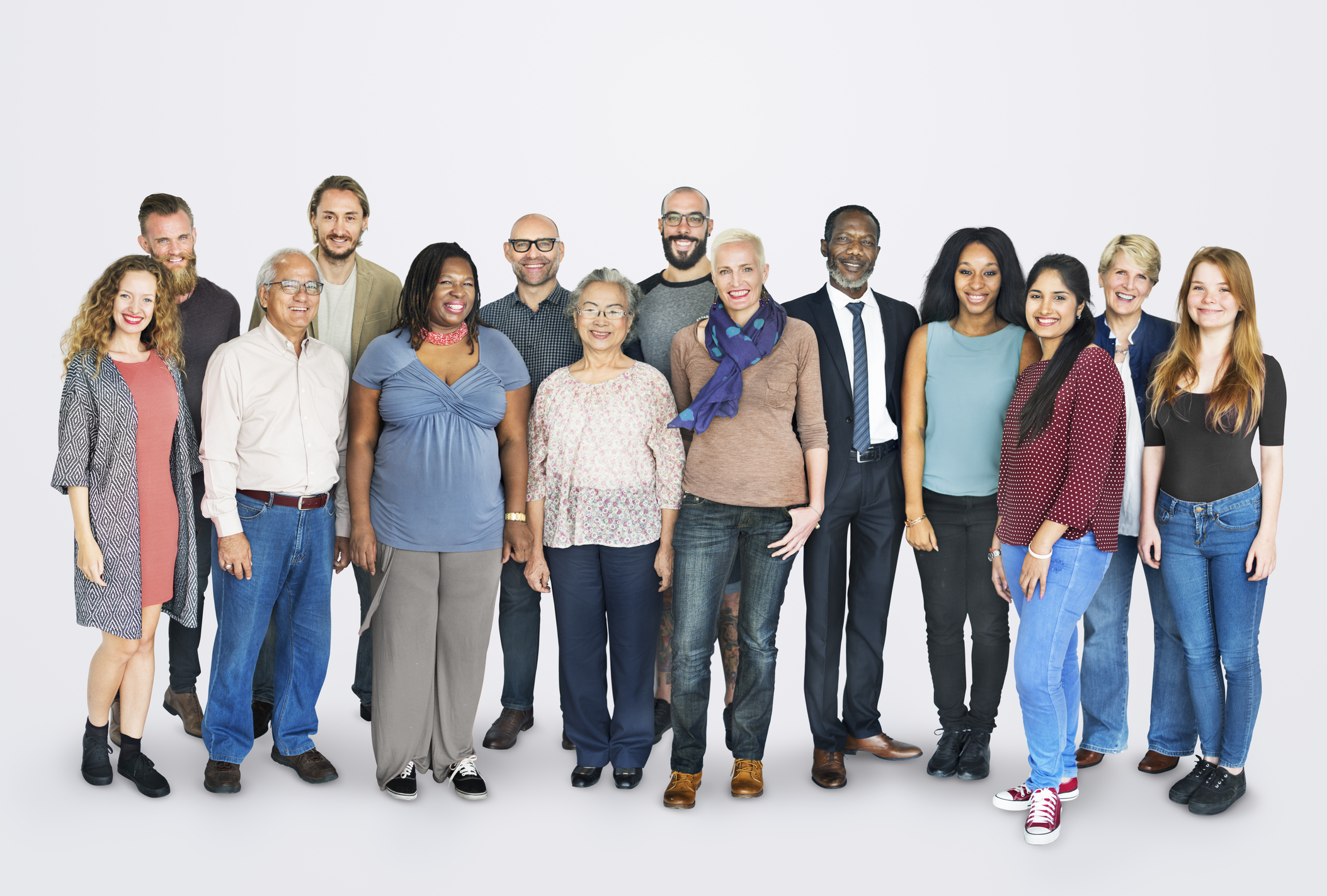Although the relaxing pace of a long summer weekend may have middle-aged adults dreaming about retirement, with greater longevity, older adults are staying in the workforce longer to fund their lengthening retirement years and continue to make a contribution. Ageism still plagues the workplace where older employees may be viewed as slow to learn technology, resistant to change, disagreeable or expensive. But many older workers are dispelling these myths and offer years of experience, knowledge, maturity and stability to their co-workers.
According to a recent report by the World Economic Forum, more than half of the children born today will live to 100 and soon people over the age of 60 will outnumber children worldwide. And in the United States, retirement-age employees outstrip the number of teenagers in the workplace for the first time since 1948. But an age-diverse workforce is not necessarily a burden; older adults collaborating with younger workers can be huge an opportunity for growth. And with a steady income, the household spending among older working adults is expected to rise, contributing to economic growth.
How can older adults and employers help a diverse workplace to thrive? According to the AARP Aging Readiness and Competitiveness Report (ARC), there are three main areas which can be used to help dispel myths about older workers and improve the synergy in a diverse workplace. It begins with the individual workers who have a responsibility to keep themselves employable; continue with training and adapting to new technology.
Employers also have a responsibility to provide opportunities for older employees to learn and establish policies that limit ageism in recruitment and development. And finally, governments also have a role to play implementing and enforcing policies around age discrimination and helping to change the public mindset about older employees.
Demographic trends are not going to change but as a society, we must learn to adapt and embrace a more age-diverse workplace and look for the benefits of the five-generation workforce. Learn more about the ARC Initiative and the changing roles older adults will play in their communities, the workplace and in the economy as the number of older adults soar over the next decade here.






Add Your Voice
0 Comments
Join the Discussion